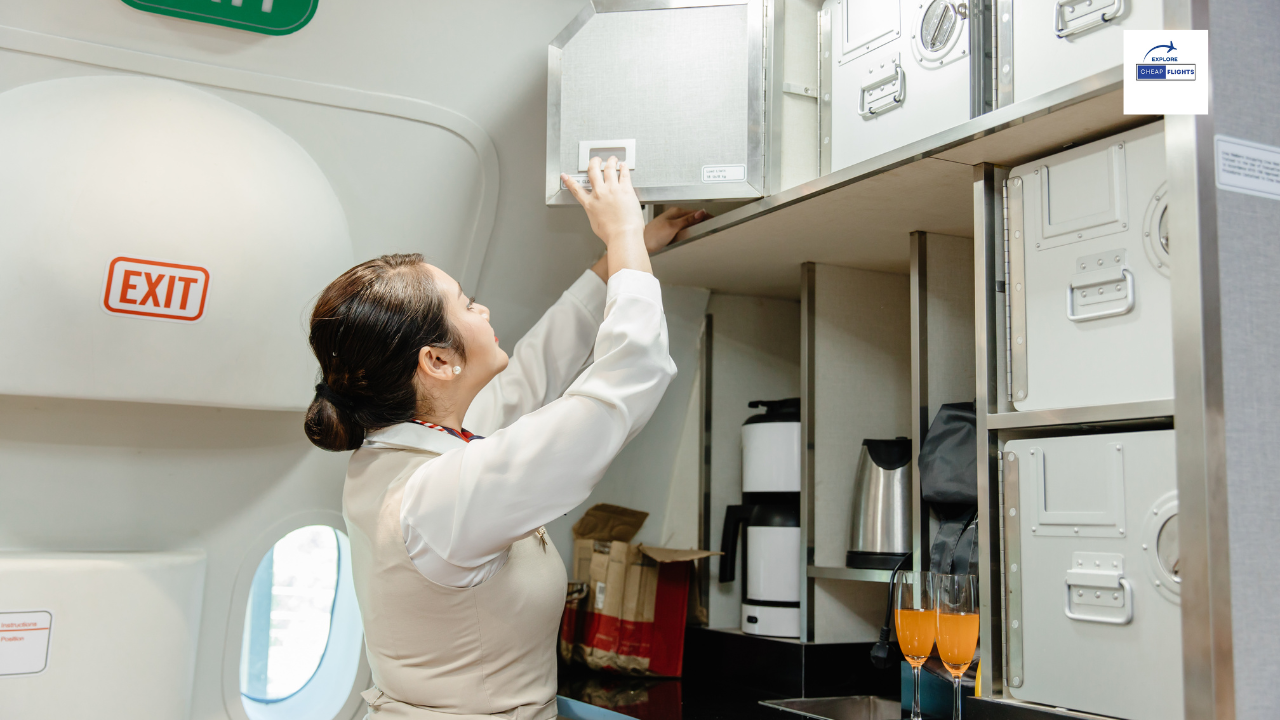If you are ever going to take a flight in the near future, most probably you are going to be on a holiday. The last thing you would want to fuss about is a medical problem while aboard a plane. Just imagine if someone else falls unwell, you may hear an announcement calling for a medical expert on board. If your jet has not yet taken off, it may be delayed or redirected if it is already on its way. This can be concerning, but it’s considerably more frightening if the casualty is you. This article will help you understand about the medical emergency when you are flying and how to face it.
How often do medical emergency occur when flying?
Fortunately, medical problems aboard airplanes are few; it is estimated that 24 to 130 medical emergencies occur for every million people who travel. Furthermore, if you have a medical condition, there are several procedures you may take. Must be depending on the illness, to lower your chances of becoming a casualty on the plane.
For additional information, see our blogs and best suggestions for specific health concerns.
Which are the most prevalent medical emergency when flying?
The most common in-flight emergencies are:
Heart difficulties (or symptoms that might indicate a heart problem).
I am feeling or being ill.
Breathing issues.
Fainting or feeling faint.
Most medical crises may be handled properly on board without being diverted. When they landed, almost one in every twelve persons were admitted to the hospital. The most prevalent causes for hospitalization were stroke, health difficulties, and breathing concerns.
Can the cabin staff help?
All cabin crew must have current first aid training and be able to handle up to 70% of medical crises without relying on others for assistance. In addition to traditional first-aid, they will learn how to deal with conditions that are more frequent on flights, such as low blood oxygen.

Staff will also be taught to operate a defibrillator. While it is not a legal necessity for flights in the United Kingdom to carry one on board, many do. Some other nations need it. They shall also use a simple first aid box that has items such as bandages, ice packs, and the like.
The survey of 9949 medical occurrences on planes showed that half of the aircraft had a doctor to assist the passengers. Even if there isn’t, the cabin crew has extensive knowledge and may contact 24-hour medical call centers for necessary assistance.
If the cabin crew analyzes the patient and determines that professional medical attention is required but there is no doctor on board. They will contact an accredited medical call center. They’ll be linked to a consultant physician for advice on a treatment plan; this physician will make the final decision.
If the condition worsens to a situation that cannot be managed on-board. The flow will involve seeking advice from the physician/ ground crew, likely for an emergency landing. When the plane has landed, then the related agencies will be informed at the airport and the patient will be transported to the closest medical treatment facility.
Keeping Yourself Safe on Board
Whatever your medical condition, ‘be prepared’ is a valuable slogan to live by. In addition to ensuring that you have any necessary medication or supplies, ensure you have specialist travel insurance. Otherwise, an emergency on board might result in a trip to the hospital and a big expense.
If you have an individual medical condition
If one is conditionally required to take a Tablet every day. Then it should always be carried in the handbag in case of the need for the Tablet during the journey.
Your cabin crew must be informed of your medical condition beforehand to ensure that you get special attention particularly. When you are on a plane with the lives of all passengers in your hands. For instance, if you are allergic to nuts in any way, sometimes many airlines offer nut-free flights. Apart from being sure that no nut products are in the food served to the passengers on board. They can also announce to ensure that no passenger can open and eat from the nuts that they may have brought onboard.
You should also tell the crew of your having an adrenaline auto-injector because they may have cause to use it in the event you cannot. If you have some concerns about traveling, you should visit your physician or an Aeromedical Examiner who is a specialized nurse at least three months before your trip. They will be capable of giving you recommendations on whether high altitude may worsen your condition and the measures you may take.
Avoiding clots
Flying slightly increases the risk of a kind of blood clot known as deep vein thrombosis or DVT, further if the flight is long. This clot can dissociate with the blood and reach the lungs; the condition is fatal known as pulmonary embolism.
However, no matter your risk category, there are some steps (and even movements) that could be taken to help prevent DVT while on board. Keep the circulation circulating in your calves by doing regular ankle circles, knee lifts, and foot pump. Many other things like stand up and move up and down the cabin (an aisle seat makes this simpler). You should drink enough non-alcoholic fluids but avoid alcohol; and avoid sleeping pills.
